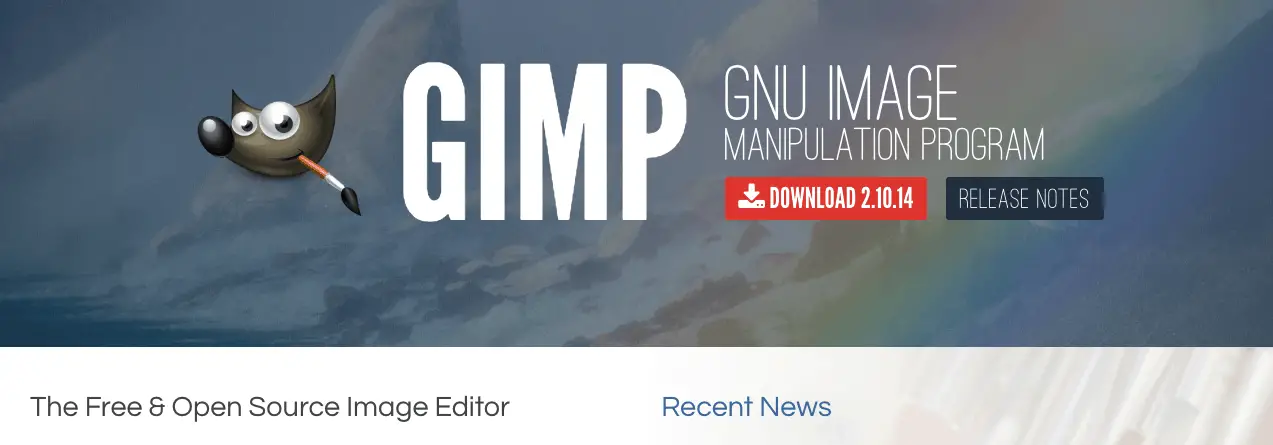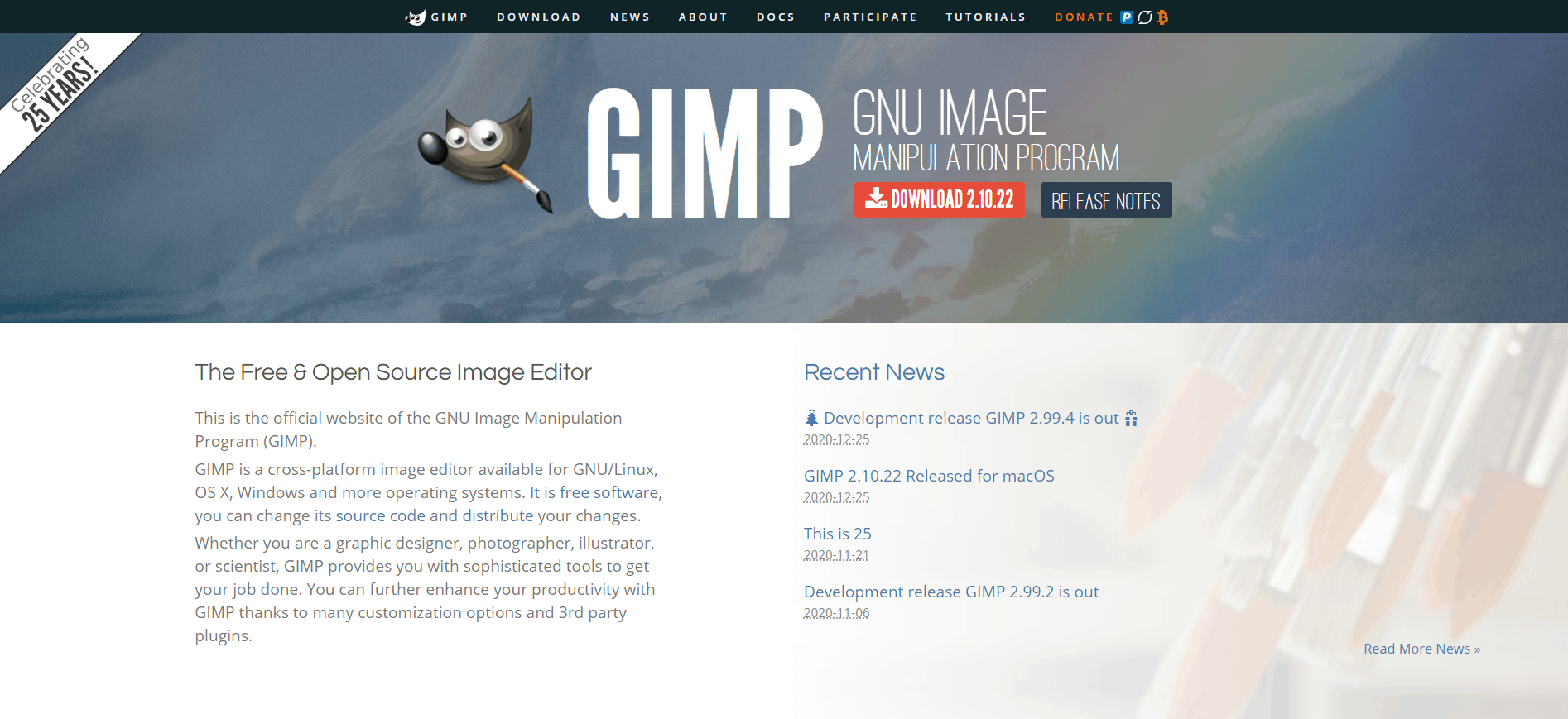The Portable Graymap (PGM) file format may not be the most glamorous among image file types, but it remains a vital tool in many image processing workflows, especially for grayscale images. Whether you’re a graphic designer experimenting with raw pixel data or a developer building image processing algorithms, PGM files offer simplicity and a straightforward structure that many image formats lack.
This article explores the top tools that support the PGM file format, aiding both graphic designers and developers in handling grayscale imagery with accuracy and efficiency.
What is a PGM File?
The PGM format belongs to the Netpbm family, alongside Portable Bitmap (PBM) and Portable Pixmap (PPM). These formats are known for their ease of use and simplicity, often consisting of a plain text header followed by binary (or ASCII) pixel data.
PGM files specifically store grayscale images, making them ideal for scenarios where color is unnecessary or even disruptive. This feature is especially valuable in machine learning, medical image analysis, and computer vision development.
1. GIMP (GNU Image Manipulation Program)
GIMP is an open-source raster graphics editor that fully supports the PGM format. Graphic designers can open, edit, and export in PGM, making it an accessible choice for grayscale image manipulation.
- Platform: Windows, MacOS, Linux
- Cost: Free and open-source
- Use Case: Editing, batch conversions, applying grayscale filters
GIMP’s customizable interface and support for plugins make it a go-to for both amateurs and professionals seeking lightweight grayscale editing solutions.

2. Adobe Photoshop (with Plugins)
While Adobe Photoshop does not natively support PGM files, various plugins or workarounds (such as using converter tools) make it possible to process PGM images. Once imported, the robust Photoshop toolkit can be applied.
- Platform: Windows, MacOS
- Cost: Paid (Subscription)
- Use Case: Advanced editing and layer-based manipulation
Photoshop is ideal for designers who prefer its comprehensive editing environment but occasionally need to delve into raw image data.
3. ImageMagick
ImageMagick is a powerful command-line tool used heavily by developers and engineers for image conversion and manipulation, including full support for PGM files.
- Platform: Cross-platform
- Cost: Free and open-source
- Use Case: Batch processing, scripting, automated image workflows
ImageMagick supports seamless conversion between numerous formats, high-bit-depth processing, and cron job automation.
4. MATLAB
MATLAB is a staple in academic and research settings, especially in the fields of biomedical imaging and computer vision. It offers robust support for reading, writing, and manipulating PGM files.
- Platform: Cross-platform
- Cost: Paid with academic discounts
- Use Case: Scientific image processing, algorithm development
MATLAB provides easy-to-use functions like imread, imwrite, and imshow that offer full control over grayscale PGM data.
5. OpenCV
OpenCV is one of the most widely used libraries in the field of computer vision. It natively supports the PGM format, providing tools for reading, writing, and processing these files through Python or C++.
- Platform: Cross-platform
- Cost: Free and open-source
- Use Case: Real-time image processing, object tracking, machine learning pipelines
Developers use it to bring grayscale data into machine learning models or integrate it with computer vision algorithms.
6. XNConvert
XNConvert is a lightweight tool intended for batch conversion of images into and from PGM format among more than 500 supported file types.
- Platform: Windows, MacOS, Linux
- Cost: Freeware
- Use Case: Batch image conversion and resizing
This is ideal for graphic designers dealing with multiple grayscale files that need uniform formatting or resizing.
7. Netpbm Tools
This suite was created specifically to handle PBM, PPM, and PGM formats. Utilities like pgmtojpeg or pgmtopng give granular command-line control to developers.
- Platform: Unix/Linux-based systems
- Cost: Free and open-source
- Use Case: Simple format conversions, educational use, development utilities
Netpbm tools may appear basic, but they are excellent for learning and educational purposes in data handling and image pipeline creation.
8. FastStone Image Viewer
FastStone combines the simplicity of an image viewer with robust editing and conversion capabilities. It supports PGM for viewing and converting.
- Platform: Windows
- Cost: Free for personal use
- Use Case: Visual asset management, batch conversion
This is a great tool when you need to quickly browse large sets of grayscale PGM images with minimal overhead.

Why Use PGM in a Modern Workflow?
Despite the prevalence of formats like PNG, JPG, and RAW, PGM remains a practical choice in the right contexts. Here’s why:
- Simplicity and Transparency: Easy to parse, view, and debug pixel data.
- Lossless and Uncompressed: Ideal for scenarios where image data fidelity is crucial.
- Lightweight: No extraneous metadata or color profiles.
These features make it ideal for applications like neural network input processing, technical visualization, and sensor data representation.
FAQ
- Q: Can I open PGM files in Photoshop directly?
A: Not natively. You will need to use a plugin or convert the file to a compatible format like PNG before opening it in Photoshop. - Q: Are PGM files suitable for web display?
A: Not generally. Web browsers do not support displaying PGM images. You’ll need to convert them to a supported format like JPG or PNG for web use. - Q: What’s the difference between ASCII and binary PGM files?
A: ASCII PGM files are human-readable but larger in size, while binary PGM files are much more efficient for storage and processing. - Q: How can I convert a PNG file to PGM?
A: Tools like ImageMagick allow you to run a simple command likeconvert image.png image.pgmto handle that conversion. - Q: Is PGM still used in modern applications?
A: Yes, particularly in machine learning, computer vision, and scientific fields where grayscale accuracy and low complexity are valued.
In conclusion, while it may not be flashy, the PGM format has carved out its niche in technical image processing. With the wide variety of tools available — from graphic editors like GIMP to development libraries like OpenCV — both designers and developers have the means to use PGM format effectively across projects ranging from digital art to AI research.

